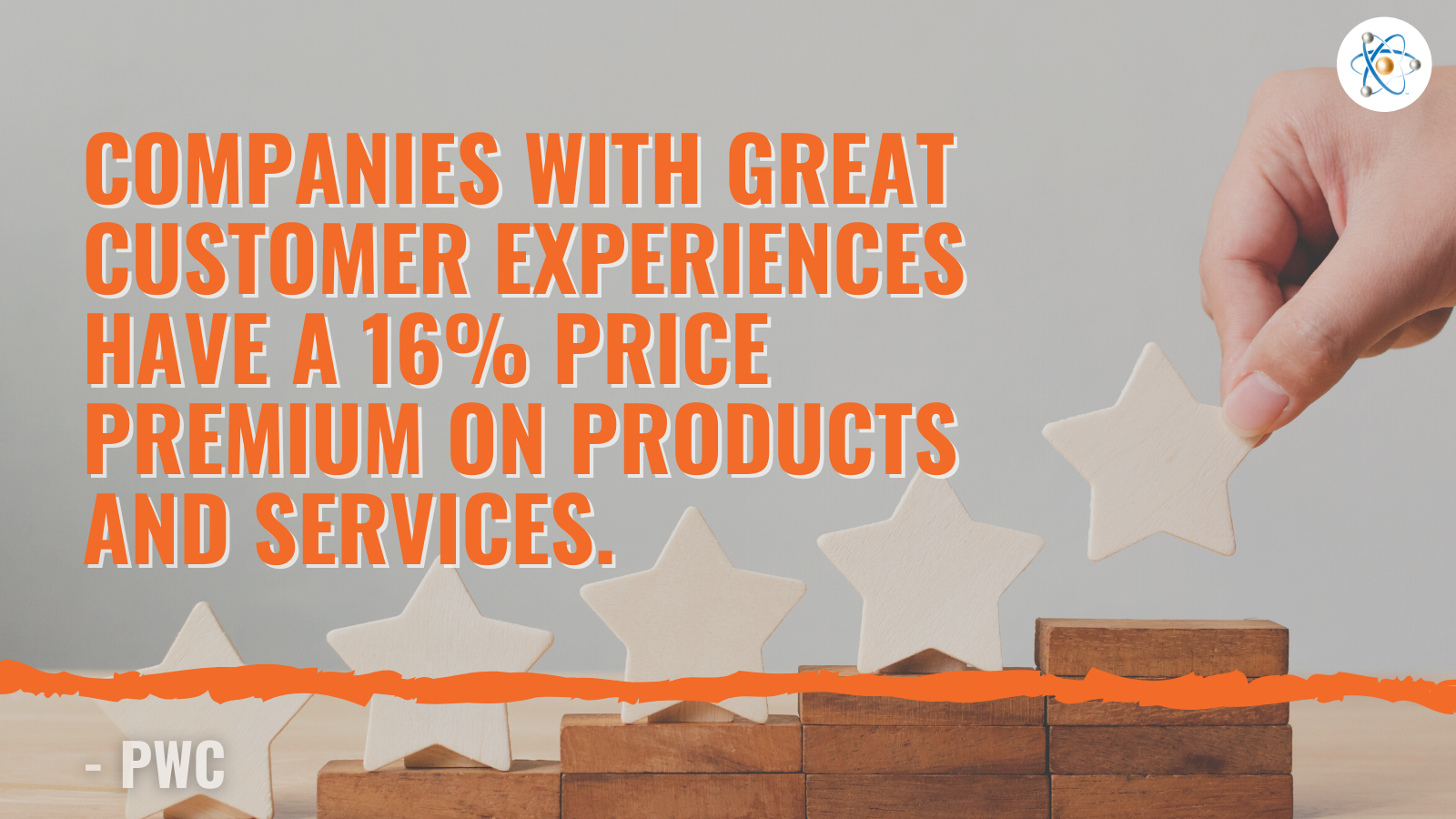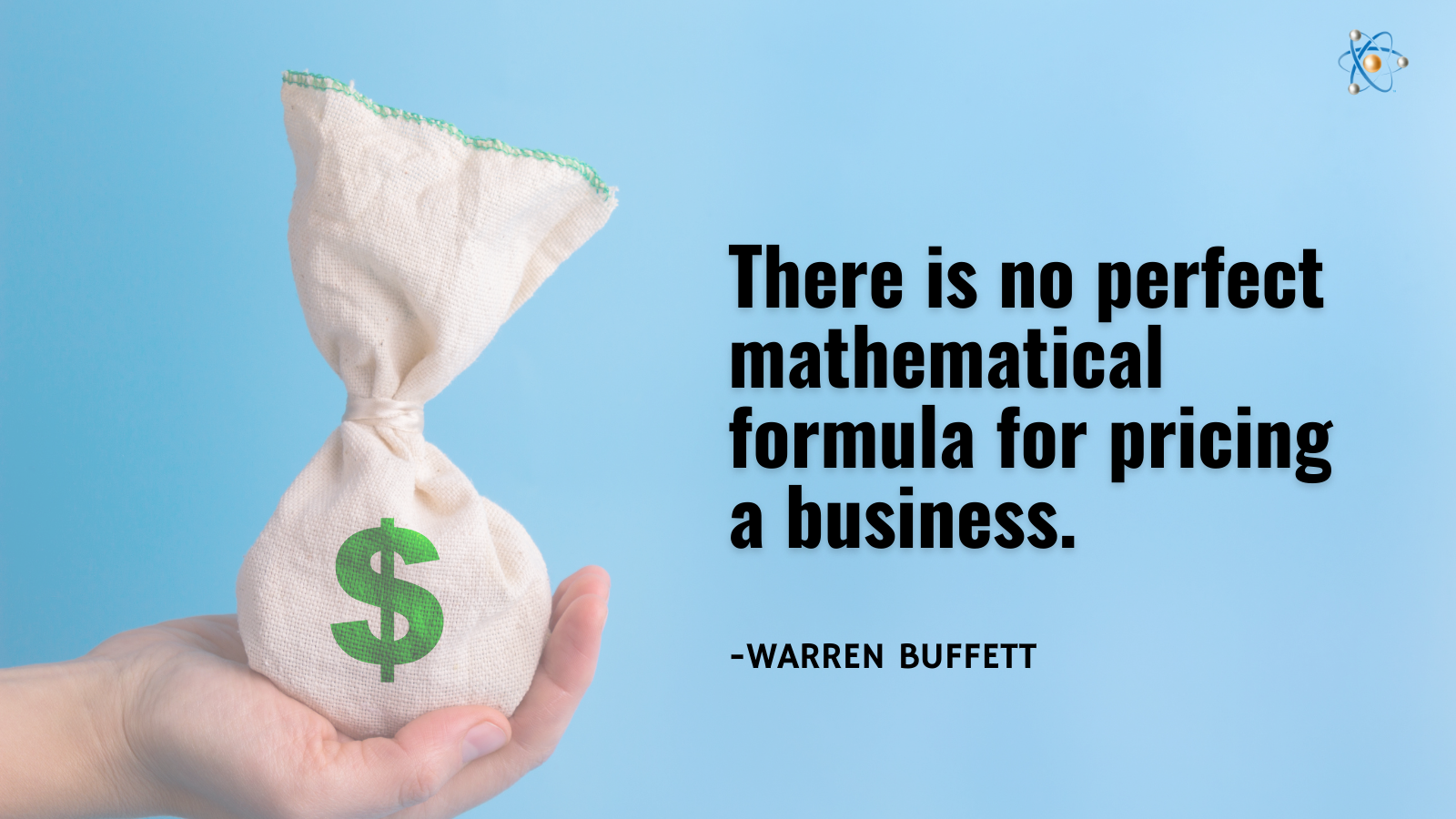
In today’s dynamic global economy, we all know that change is constant and increasingly faster. Your company’s ability and agility to adjust quickly to market changes impacts your revenues and profitability, especially when it comes to pricing and price changes.
Below are the signs you may need to change your prices. If you notice these happening, we recommend analyzing your current prices
Look for Signs You May Need to Change Prices
Revenue Increases But Profits Don't
If you are bringing in more revenue, but profits are stagnant or decreasing, this can be a sign your costs are increasing. If costs increase, your margins decrease. For example, you must increase your prices to keep pace with inflation.
Competitors Charge Higher Prices for Fewer Services
Whether your competitors are offering less quantity of services or their quality is lower, this is a sign you can charge more. You need to keep an eye on your industry's market to be sure you aren't charging too little.
Vendors Are Increasing Prices
If your vendors are charging higher prices, you can't afford to keep your prices the same. If you do not change prices, margins will continue to shrink and you will make less money. It may not be detrimental in the short term, but over the long term, you will feel the decrease in profits.
Employment Costs Are Increasing
Whether you're bringing on additional staff or giving raises to your current employees, this increases your operating costs. Your prices must increase as your costs increase.
Before You Change Pricing Strategy
Is your pricing strategy keeping pace with your B2B customers’ expectations and competitive pressures, or is it time to update how you price your products or services?
There are many price change consideration but here are our top 7 things to consider before you change your prices.
1. Understand the reasons why you are changing prices.
You’ll have better success with a price change if it is part of your overall strategic plan and aligns with your company’s revenue and profitability growth goals. So, to determine why you are making a price change and if it’s primed for success, ask:
- Is the price change part of a pricing strategy or a one-time effort?
- Does it reflect a change to your business strategy, brand position, or value proposition?
- Is it a reaction to declining margins or revenues caused by inflationary or competitive pressures?
The reasons why you are changing prices are critical to address, and if you do not have a pricing strategy in place, then it’s time to create a plan that serves you well for the long-term. You can learn more about the impact of price on revenue with our resources.
2. Consider the expected impact on your customer experience (CX).
Price is more than just a number; it is part of your customers’ experience (CX). Whether your price is going up or down, communicate why it is fair and give a clear idea of the value behind it. Also, take steps to make it faster for customers to easily buy from you with clear pricing. If you go-to-market via channel partners, your own website, or online marketplaces, you will also have to consider how your price change will be executed across those channels to avoid conflict or inconsistencies.

3. Create a plan for communicating the price change to customers and internally.
This is a key step that will vary by industry, market, and customer, and depends on the magnitude of the change.
- Will the price change be communicated via online, email, written letter, in person, via sales reps, channels partners?
- Will the change apply to all customers or only new customers?
- If you communicate internally to your sales and Rev Ops support teams, do you have a plan to align the rationale and messaging to help them understand and cascade the communication?
4. Measure the results to track if your price change achieves your goal.
This relates directly to your “why” in point #1. You should have KPIs in place that measure the impact on your revenues and profits, and to compare with your expectations so you can evaluate if the price change worked or not. Either way, you will learn from it and be able to improve how you change prices in the future.

5. Document your process to make it repeatable in the future.
Price changes can take a lot of work to execute across departments, in your systems, and with your customers. Given that you will probably need to change prices again, save time and effort by having a written process that includes regular pricing metric reviews, identifies trigger events, timelines, and accountabilities within your company. This may evolve into using pricing software tool to analyze, organize, and implement pricing changes faster and with greater confidence.
6. Offer customers new price-point options to meet their changing needs.
Your pricing options can be a differentiator and drive additional revenues by giving your customers various ways to benefit from your services. For example, offer Good/Better/Best options that meet your customers where they are today and give them a path to grow with you.
Another possibility to consider is designing a subscription offer (XaaS), an approach we are all familiar with as consumers (think Netflix and Amazon Prime). This is quickly gaining popularity in B2B and can result in longer and better customer relationships.
When presenting your price increase to clients, remind them of the value in your products or services and discuss the problems you’ve solved together.
7. Hire an expert to assist in developing your pricing plan to accelerate results.
Pricing improvements have a high ROI but not every company has the specialized internal resources with the bandwidth, or the experience needed to implement price changes. That’s where an external revenue partner like Atomic Revenue can help.
Drive Stability into Your Pricing & Revenue Pipeline
With the right pricing as part of a revenue operations strategy, you can drive stability into your pricing and revenue pipeline.
Not sure if your price increase makes sense or if it’s going to give you the results you want? Atomic Revenue can offer an objective, data-based view into what could make your pricing and profitability even better and provide actionable solutions that enable you to take your company to the next level. We also offer fractional human capital solutions to expand your bandwidth and maximize profitability.
If you have questions about this article or your pricing strategy, feel free to reach out to me or book a consult with our team. There’s no obligation – we love meeting business owners and helping them discover how to launch revenue.
 About the Author
About the Author
Scott Sinning is currently a Pricing & Profitability Marketing Manager with Graybar, a Fortune 500 company. He is also on the Atomic Revenue Advisory Board. Scott is an advocate for practical B2B pricing strategy approaches that align with today’s fast-changing digital marketplace to create sustained value.





